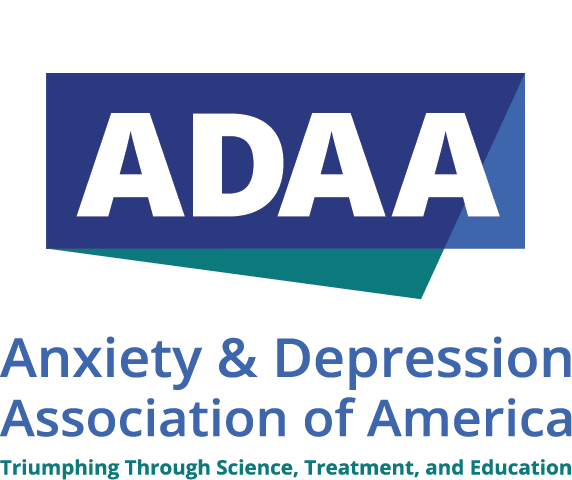Depression is not one-size-fits-all…it is individual to each person it affects.
The same goes for medications, therapies and treatment plans. Finding what's right for you may take time. It's important to talk to your healthcare professional to determine which treatment plan may be right for you.
Commonly known as “talk therapy,” psychotherapy is a confidential conversation with a trained healthcare professional to explore your thoughts, feelings, experiences, relationships, and behaviors. From there, the provider can help identify patterns, make connections, and help build coping skills to combat depressive feelings.1
There are many types of antidepressant medications available, most of which are in pill form. They are believed to work by increasing certain chemicals in the brain, such as serotonin, norepinephrine, and/or dopamine, by blocking the reabsorption of those neurotransmitters in the brain that are believed to regulate mood and relieve depression.2 In other words, these medications can help reduce feelings of sadness or depressed mood.
Electroconvulsive therapy (ECT) is a procedure where small electric currents are routed through the brain in a controlled way to trigger a brief controlled seizure. This procedure affects neurons and chemicals in the brain, which allows for more communication between neurons in a certain area of the brain known to respond to antidepressant drugs. It can take a series of ECT treatments to relieve symptoms of severe depression.4
Transcranial magnetic stimulation (TMS) is a noninvasive procedure where a large electromagnetic coil is placed against a person's scalp. During a TMS session, a magnetic field is created to stimulate neurons in the brain through short pulses targeted to certain areas of the brain believed to control mood and improve depressive symptoms. Several sessions are typically needed over a series of weeks.4
The content on this site is intended for educational purposes only and should not take the place of talking with your doctor or healthcare professional. It should not be used for diagnosing or treating a health problem or disease. If you have any questions about your medical condition, talk to your healthcare professional.
This site was created with help from and for the LGBTQ+ community and is brought to you by Johnson & Johnson in partnership with:







1Psychotherapy. Accessed July 1, 2024. https://www.nami.org/About-Mental-Illness/Treatments/Psychotherapy
2Types of Therapy. Accessed July 1, 2024. https://www.nami.org/About-Mental-Illness/Treatments/Mental-Health-Medications/Types-of-Medication
3Medication. Accessed July 1, 2024. https://www.mhanational.org/medication
4ECT, TMS and Other Brain Stimulation Therapies. Accessed July 1, 2024. https://www.nami.org/About-Mental-Illness/Treatments/ECT,-TMS-and-Other-Brain-Stimulation-Therapies
If you or someone you know is struggling emotionally or has concerns about their mental health, there are ways to get help. Call the 988 Suicide & Crisis Lifeline at 988 or visit https://988lifeline.org.
Some featured images have been purchased for use on this website. The use of these images does not imply that the individuals featured are living with depression, unless otherwise noted.
Please click CONTINUE below to learn more about a certain treatment option. This website contains information about a treatment option from a mental health organization. Please click CONTINUE below to learn more about medications. This website contains information about treatment options from a nonprofit mental health organization. Please click CONTINUE below to learn more about a treatment option. This website contains information about a prescription medicine. Please click CONTINUE below to learn more about a certain treatment option. This website contains information about a treatment option from a nonprofit mental health organization.
You are being directed to a third-party website:
My Link
Please note that this third-party website is not controlled by Johnson & Johnson or subject to our privacy policy.
Thank you for visiting our site.